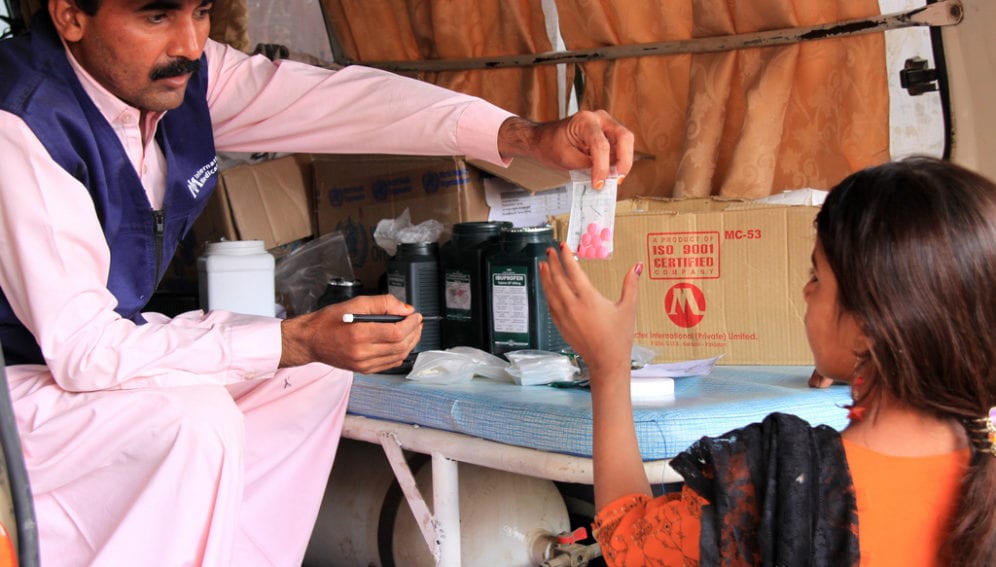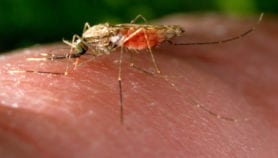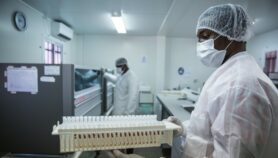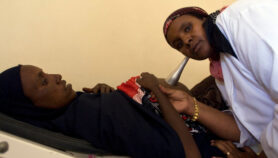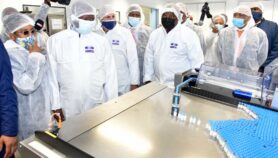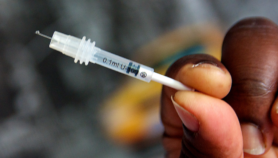Send to a friend
The details you provide on this page will not be used to send unsolicited email, and will not be sold to a 3rd party. See privacy policy.
A WHO expert panel set up to find new ways to fund health research for neglected diseases has defeated the purpose of the initiative by selecting less-ambitious rather than mould-breaking ideas, civil society groups have said.
At a meeting in Geneva, Switzerland, earlier this month (3-5 December), the panel shortlisted several “demonstration projects” intended as examples of innovation in funding research and development (R&D) for neglected diseases and other health issues that have fallen through the cracks of the current global R&D system, particularly in developing countries.
But there is nothing new in the seven research proposals, plus one side proposal, that were chosen, according to Judit Rius Sanjuan, who attended the meeting and who manages the US Access Campaign for Médecins Sans Frontières (MSF), which promotes global access to medicines and diagnostic tests.
“We are disappointed,” she says. "We were very happy that some of the proposals coming forward were interesting and provided new models for innovation but unfortunately those weren’t the ones selected.”
Current efforts to find new funding models for health R&D stem from a 2012 WHO report that offered recommendations to fix an R&D system that leaves “unprofitable” diseases and health issues under-researched, according to Rius Sanjuan.
“Poor patients and patients with diseases that are not profitable for biomedical companies are forgotten.”
Judit Rius Sanjuan, MSF
“The linkage of R&D costs with high [drug] prices in the current innovation system means that researchers are competing instead of collaborating and are focused on R&D priorities that are set by the profit-driven private sector instead of looking at public health priorities,” she says. “Poor patients and patients with diseases that are not profitable for biomedical companies are forgotten.”
Just one per cent of global health research spending went to neglected diseases in 2010, according to a study published in The Lancet this year led by John-Arne Røttingen.
Among the 22 innovative ideas the WHO panel examined this month — including two submitted by MSF — were projects that would offer prizes for new drugs, add non-exclusive licensing as a condition for research grants and develop open-source platforms to encourage the sharing of research results, according to Rius Sanjuan.
Objections from the overlooked?
Zafar Mirza, coordinator of the WHO’s Public Health, Innovation and Intellectual Property Department, points out that criticism of the panel’s selection has mainly come from groups, such as MSF, whose proposals missed out.
But Tessel Mellema, a policy advisor with Health Action International, an NGO focused on increasing global access to key medicines, echoes Rius Sanjuan’s views. She says that her organisation was not involved in any of the submitted proposals.
“While the projects selected by the WHO are scientifically sound, they offer little in terms of new ideas — defeating the purpose of setting up a process to test new models,” she says.
Both Mellema and Rius Sanjuan say that, because the selection process screened proposals first on feasibility rather than innovation, it prioritised standard research proposals ahead of ones that would break the R&D mould.
But Mirza says that assessing the projects on their feasibility was a prerequisite.
“The proposals have to be first of all based upon public health needs and they must be implementable, which means they should be scientifically and technically thorough,” he says.
In response to the criticisms, the WHO announced at the conclusion of the meeting 5 December that the groups behind the shortlisted projects must add more “innovative” components and resubmit their proposals.
Sanjuan says it remains to be seen whether this will address the issue as only the seven shortlisted proposals are allowed to resubmit.
“There is still maybe an opportunity if the proponents of the proposals that have been shortlisted come up with a better design,” she says. “But it's still uncertain what will happen.”
The demonstration projects are intended to provide new ideas in the run-up to planned negotiations on a global treaty on health R&D at the WHO’s 2016 World Health Assembly. If the proposals are not revised to include real alternatives, the WHO could lose out on the experience gained from testing innovative R&D that would inform a future treaty, Sanjuan says.
“It will be a huge lost opportunity,” she says. “We were hoping that this process of demonstration projects would be able to inform future negotiations by providing a means for new innovation models to be tested and funded. If the projects are not ambitious, it will be a step backward.”


